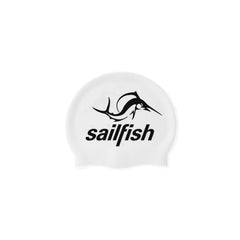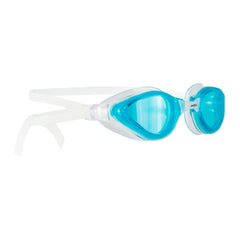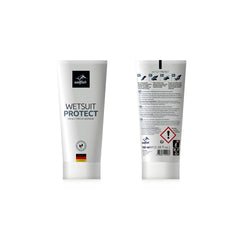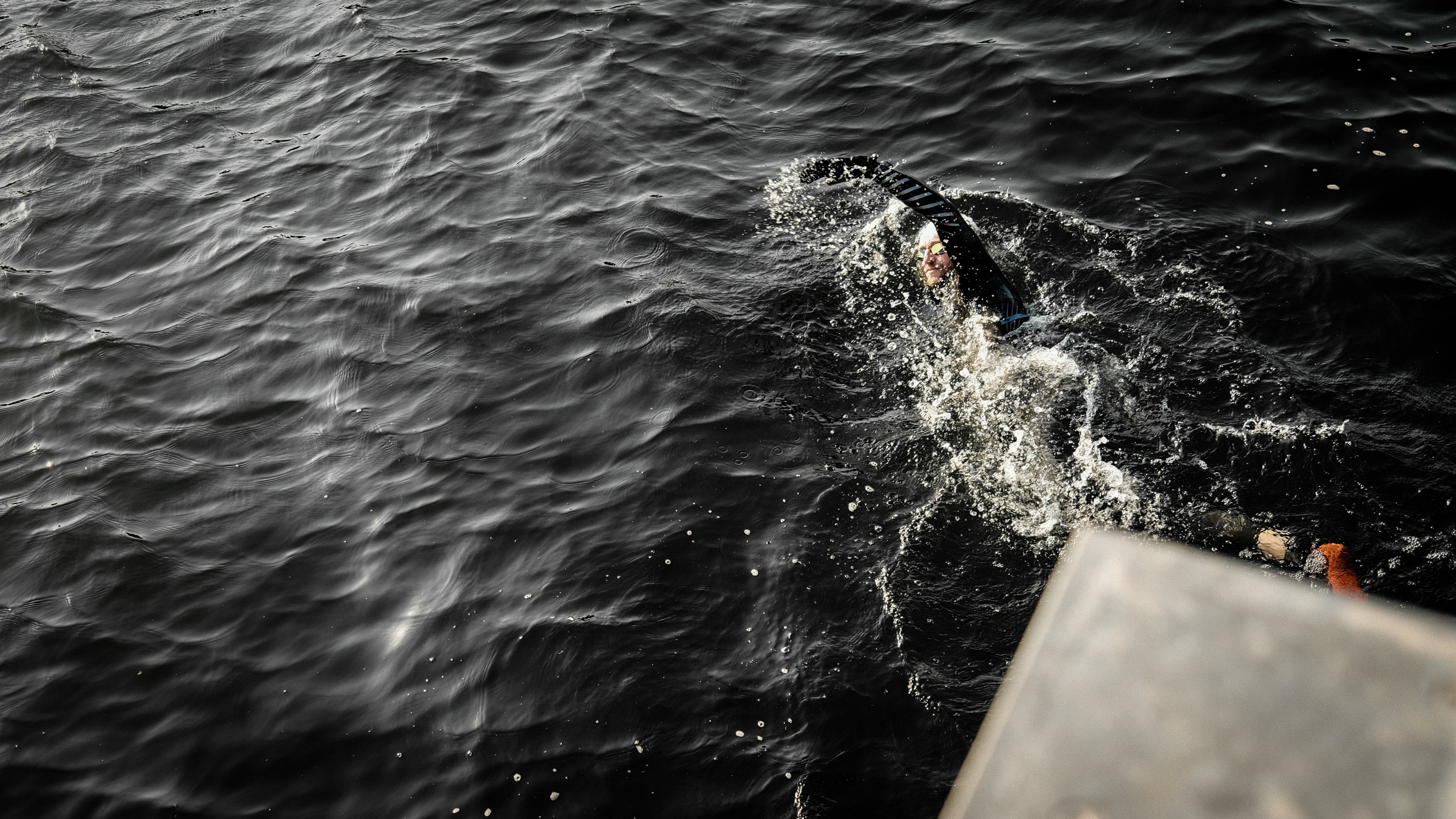Open water swimming: Everything you need to know.
Open water swimming is a popular sport that has become increasingly popular in recent years. Unlike swimming in a pool, open water swimming takes place in natural bodies of water such as lakes, rivers or the ocean. This type of swimming offers a variety of benefits, including an increased challenge for the swimmer as well as a better opportunity to experience and enjoy the outdoors.
There are many different disciplines in open-water swimming, including long-distance swimming, open-water swimming and triathlon swimming. Each discipline has its own challenges and specialties that must be overcome. Long-distance swimming, for example, requires a high level of endurance, while open-water swimming requires good orientation skills to avoid going off course.
Open-water swimming offers a great way to challenge yourself physically and mentally while enjoying the beauty of nature. Whether you are an experienced swimmer or a beginner, there are many ways to try and enjoy this sport.
Basics of open water swimming
Open water swimming is a great way to exercise and get physical in nature. However, there are some basic things you should know before venturing into the water.
Safety Equipment
First and foremost, it is important to have the right safety equipment. This includes a life jacket or buoyancy device to make sure you don't sink in case of an emergency. Also, always wear goggles to see clearly and a swim cap to keep your hair out of your face.
Technique
Technique is different in open water swimming than in the pool. You must learn to adapt to different conditions, such as waves, currents, and visibility. Good technique also includes breathing on both sides to make sure you get enough air.
Training
As with any sport, training is the key to success. It is important to swim regularly to build endurance and strength. Some specific exercises, such as swimming against the current or swimming in open water, can help prepare you for the conditions.
Nutrition and hydration
Nutrition and hydration are also important factors in open water swimming. It is important to drink enough fluids and eat a balanced meal before swimming. During the swim, you should drink small amounts of water regularly to stay hydrated.
These are some of the basics of open water swimming. With the right equipment, technique, training and nutrition, you can safely and successfully participate in this great sport.
Equipment for open water swimming
Swimwear
When swimming open water, it is important to wear the right swimwear to both improve performance and ensure safety. We recommend wearing goggles to improve visibility underwater and prevent water from entering the eyes. A swim cap is also important to keep hair out of your face and increase visibility in the water.
A good swim suit or trunks is also important. It is advisable to wear tight-fitting clothing to reduce resistance in the water and increase speed. A wetsuit can also be a good option to regulate body temperature and provide additional buoyancy.
Safety equipment
In addition to swimwear, it's also important to wear the right safety gear. A swim buoy is an essential accessory for open water swimming, as it can serve as both a buoyancy aid and a signal to other water sports enthusiasts. A whistle can also be useful for calling attention in an emergency.
It is also advisable to wear a GPS device or watch with GPS capability to track your position in the water and ensure you stay on course. A life jacket can also be a good option, especially for beginners or in difficult conditions.
Overall, it's important to wear the right gear for open water swimming to improve both performance and safety.
Safety measures for open water swimming
When it comes to open water swimming, we must always be mindful of our safety. Here are some important safety measures you should follow:
- Never swim alone. It is always safer to swim with a partner or in a group.
- Always wear a life jacket or other flotation device. Even if you are an experienced swimmer, unpredictable weather or a sudden physical weakness may cause you to have difficulty staying afloat.
- Inform someone of your plans. Let someone know where you will be swimming and how long you plan to stay in the water.
- Check the weather and water conditions before swimming. If the water is too cold, too fast flowing, or too choppy, you should not go swimming.
- Avoid swimming near boats, jet skis and other watercraft. These can potentially miss you and dangerous situations can occur.
- Stay within sight of the shore and don't swim too far out. If you are in trouble, you can be rescued faster if you stay close to shore.
- If you are having difficulty, stay calm and signal for help. If you need help, wave your arms and call for help.
By following these safety measures, we can ensure that we have a safe and enjoyable open water swimming experience.
Open Water Swimming Techniques
Breathing Techniques
In open water swimming, it is important to have an effective breathing technique to reduce fatigue and increase performance. We recommend training breathing on both sides to achieve an even load on the muscles. It is also important to adapt breathing to open water conditions, as waves and currents can affect breathing.
Stroke techniques
There are several stroke techniques that can be used in open water swimming. The choice of technique depends on the course, conditions and individual preference. We recommend practicing the techniques regularly to increase effectiveness and avoid injury.
Crawl swimming
The crawl technique is one of the most effective techniques in open water swimming. It is important to master the technique to achieve maximum speed and efficiency. We recommend practicing the technique regularly to strengthen muscles and improve technique.
Breaststroke
The breaststroke technique is often used by beginners because it is easier to learn than the crawl technique. However, it is less effective and slower than the crawl technique. We recommend using the technique only for short distances or when necessary to control breathing.
Backstroke
The backstroke is a good alternative for open water swimmers who have problems with breathing or want to relieve their shoulders. However, it is less effective than the crawl technique and can be more strenuous for longer distances. We recommend using the technique only for short distances or as a change of pace.
Overall, it is important to practice open water swimming techniques regularly to increase effectiveness and avoid injury. We also recommend seeking advice from an experienced coach to improve techniques and increase performance.
Training and preparation for open water swimming
Before we jump into open water, we need to prepare appropriately. Here are some important tips for training and preparing for open water swimming:
1. improve swimming technique
A good swimming technique is crucial for open water swimming. You should regularly improve your technique and work on your breathing and posture. Good technique will help you swim faster and more efficiently and avoid cramps.
2. endurance training
Open water swimming requires good endurance. You should regularly swim long distances in the pool and prepare for longer distances in open water. It is also important to increase your heart rate to improve endurance.
3. acclimatization
Before going into the open water, you should acclimate to the water temperature and conditions in the open water. You should slowly get used to the cold water and prepare for different conditions such as currents and waves.
4. equipment
Proper equipment is essential for open water swimming. You should wear goggles to improve your vision in the water and a wetsuit to protect you from the cold. It is also important to carry a signal whistle and buoy to call for help in case of an emergency.
5 Safety
When swimming in open water, safety is paramount. You should always swim with an escort and follow rules and regulations. You should also know your physical limits and not overexert yourself.
With these tips, we can best prepare for open water swimming and swim safely and successfully.
Competitions in open water swimming
Open water swimming is one of the most demanding disciplines in swimming. It requires not only good physical fitness, but also excellent technique and mental strength. There are many competitions in open water swimming that take place every year all over the world. We will introduce you some of the most famous and prestigious competitions.
Olympic Games
The Olympic Games are undoubtedly the most important event in open water swimming. There are two disciplines: the 10 km open water swimming for men and women. The distance is covered in open waters such as lakes, rivers or the sea. The competition requires excellent fitness and tactics, as swimmers often have to swim in large groups and fight for positions.
FINA World Championships
The FINA World Championships are another important competition in open water swimming. The event is held every two years and includes various disciplines such as the 5km, 10km and 25km open water swims. The distances vary depending on the venue and can take place in lakes, rivers or the sea.
Open Water World Series
The Open Water World Series is a series of competitions that takes place every year in different countries. The series includes various disciplines such as the 5km, 10km and 25km open water swims, as well as team competitions. The best swimmers in the world participate in these competitions and compete for the title of the overall winner.
Marathon Swimming
Marathon swimming is a discipline in open water swimming that focuses on extremely long distances. The distances can be as long as 80 km and require exceptional physical fitness and mental strength. There are many marathon swimming competitions around the world, including the Manhattan Island Marathon Swim and the English Channel Swim.
Conclusion
Open water swimming is a challenging and exciting discipline in the sport of swimming. There are many competitions around the world that bring together the best swimmers in the world. Whether you are an amateur or professional swimmer, there are many opportunities to participate in these competitions and improve your skills.
Health benefits of open water swimming
There are numerous health benefits to open water swimming that are beneficial to both the body and the mind. Here are some of the most important benefits:
-
Improved cardiovascular health: Open water swimming is a great way to strengthen the cardiovascular system. It can help lower blood pressure, reduce the risk of heart disease and improve circulation.
-
Total Body Workout: Swimming in open water uses almost every muscle group in the body. This means that not only do you work out your arm and leg muscles, but you also strengthen your core muscles.
-
Reduced stress: Open water swimming can also help reduce stress and improve mood. The contact with nature and the feeling of swimming in open water can help calm the mind and increase overall well-being.
-
Improved Breathing Capacity: When swimming in open water, you must learn to breathe more effectively, as breathing in open water can be more difficult than in a pool. This can help improve breathing capacity and strengthen lung function.
-
Less risk of injury: Compared to swimming in a pool, there is less risk of injury in open water swimming. There are no walls or other obstacles to bump into, and the water is usually deeper, reducing the risk of injury from the bottom.
Overall, open water swimming offers numerous health benefits that make it a great option for people of all ages and fitness levels.
Risks and challenges of open water swimming
There are a number of risks and challenges to consider when swimming open water. Below are some of the most important points to consider:
-
Weather Conditions: Open water conditions can change quickly and be unpredictable. Wind, rain and waves can make swimming difficult and lead to exhaustion. We recommend checking the weather carefully before swimming and refraining from swimming if there are any concerns.
-
Temperature: water temperature can vary greatly depending on the time of year and location. Cold water can cause hypothermia and make swimming difficult. We recommend checking the water temperature and wearing appropriate clothing before swimming.
-
Visibility: Visibility may be limited in open water, especially in low light conditions or murky water. We recommend wearing goggles and being aware that other swimmers, boats, or obstacles may be difficult to see.
-
Currents and tides: Some waters may experience strong currents and tides that can make swimming difficult and lead to hazards. We recommend that you check local conditions before swimming and refrain from swimming if you have any concerns.
-
Wildlife: Various animals such as fish, jellyfish and sharks may be present in the open water. Although most animals are harmless, it is important to be aware of potential dangers and take appropriate precautions.
-
Exhaustion and injury: Swimming in open water can be strenuous and lead to exhaustion. There is also a risk of injury from obstacles in the water or collisions with other swimmers or boats. We recommend having adequate swimming skills and staying alert.
Overall, open water swimming requires some caution and preparation to minimize risks and stay safe. We recommend learning about local conditions and potential hazards before swimming and taking appropriate precautions.
Conclusion
Having studied open water swimming in depth, we can conclude that it is a great way to stay fit and enjoy the outdoors. However, it is important to be aware that open water swimming also comes with risks.
We recommend that all swimmers who plan to swim in open water take the following safety precautions:
- Always wear a float buoy to make yourself visible and to serve as a buoyancy aid in case of emergency.
- Never swim alone and inform someone of your planned route.
- Be aware of water temperature and wear a wetsuit if necessary.
- Avoid swimming near boats and ships.
- Follow local rules and regulations.
If you keep these safety precautions in mind, you can enjoy open water swimming while staying safe. It is a great way to stay fit and experience nature. We recommend it to anyone who enjoys swimming and loves the outdoors.





